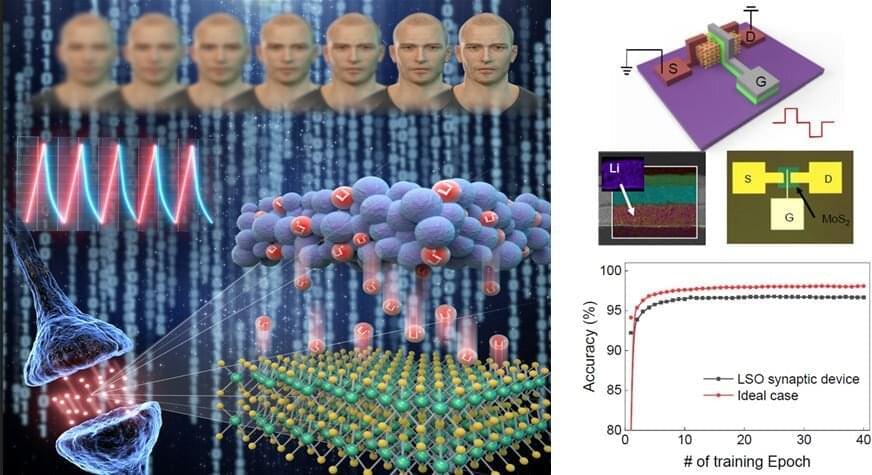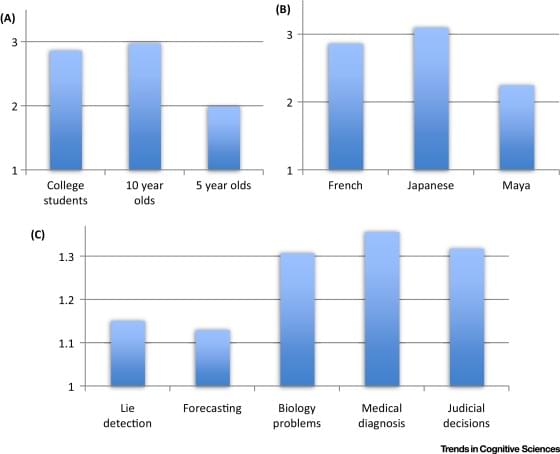A research team led by Dr. Yong-hun Kim and Dr. Jeong-Dae Kwon has successfully developed the world’s first neuromorphic semiconductor device with high-density and high-reliability by developing a thin film of lithium-ion battery materials. They achieved this by producing ultra-thin lithium ions, a key material of lithium-ion batteries that have been in the spotlight recently, and combining it with two-dimensional nano-materials. The research team is from the Surface & Nano Materials Division at the Korea Institute of Materials Science (KIMS).
A neuromorphic semiconductor device has synapses and neurons similar to the human brain, which processes and memorizes information. The synaptic device receives signals from neurons and modulates the synaptic weight (connection strength) in various ways to simultaneously process and store information. In particular, the linearity and symmetry of synaptic weights enables various pattern recognition with low power.
Traditional methods for controlling synaptic weights use charge traps between interfaces of heterogeneous materials or oxygen ions. In this case, however, it is difficult to control the movement of ions in the desired direction according to the external electric field. The researchers solved this problem with an artificial intelligence semiconductor device with high density by developing a thin film process while maintaining the mobility of lithium ions according to the external electric field. The thin film—with a thickness of several tens of nanometers—enables fine pattern processing while controlling the thickness of the wafer scale.






